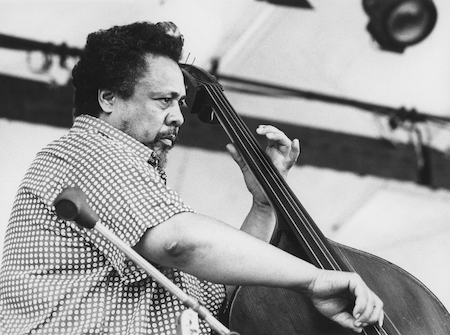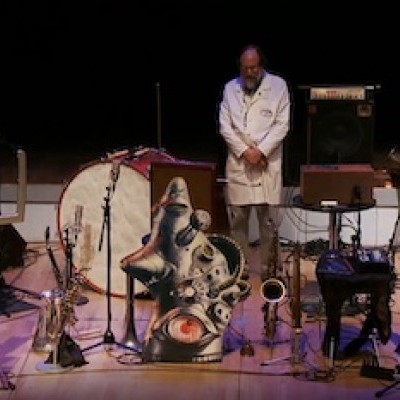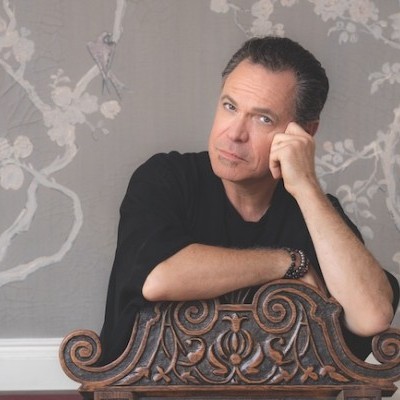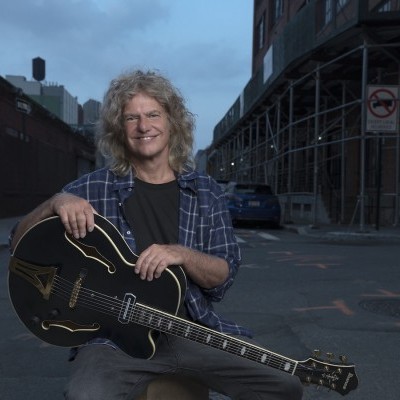Sep 3, 2025 12:02 PM
Keeping the Flame at Van Gelder Studio
On the last Sunday of 2024, in the control room of Van Gelder Studio, Don and Maureen Sickler, co-owners since Rudy Van…

Recordings of Charles Mingus’ 1964 and 1975 performances in Bremen, Germany, represent two very different periods of the bandleader’s career.
(Photo: Joesph L. Johnson)Charles Mingus—rightly or wrongly—is frequently characterized as a wildly inventive but frustrated composer, caught between mindful brilliance and the realities of the world he had to navigate.
It’s an idea revisited on the four-disc Charles Mingus @ Bremen 1964 & 1975 (Sunnyside), where the bandleader is frozen in time, first as a figurehead of the avant-garde and then a decade later as an elder statesman of the genre.
The fecundity of live recordings from the bassist in 1964 doesn’t make the music here any less enticing: Reedist Eric Dolpy flies through “Hope So Eric” and trumpeter Johnny Coles spouts gold on a 33-minute version of “Fables Of Faubus.” That’s just disc one.
“Around ’64 is when he’s really experimenting and thinking broadly about his compositions and how to communicate with the musicians who are playing his work,” said Nichole Rustin, a history professor at the Rhode Island School of Design and author of The Kind of Man I Am: Jazzmasculinity and the World of Charles Mingus Jr. “And then in ’75—this is when he’s recognized as a senior musician. He was getting his flowers, as they say.”
During a decade of both growth and tumult, Mingus continued honing a distinctive voice, one that retained a familiar sonic strain. As baroque as some of the music would become, and despite a slower pace of recording in the late ’60s and early ’70s, blues and swing remained incandescent ingredients in Mingus’ compositions.
“I’m thinking of a quote by Stanley Crouch about Mingus’ music, where he says that Mingus recognizes that if a form of music was good in the ’20s, it’s good now,” Rustin said. “And I think that investment in the traditions of the music, expanding the boundaries of it while keeping the core there, is what Mingus was invested in.”
During the 1975 performance, “For Harry Carney” ties the band to the past while paying tribute to a reedist who long served in Duke Ellington’s band. But there’s also the stately swing of “Duke Ellington’s Sound Of Love” and an admittedly outside take of “Cherokee.”
A profound list of musicians, political figures and relatives are referenced in the bandleader’s song titles, too—everyone from Dolphy to governors and the bassist’s wife. But even if “Sue’s Changes” alludes to an arts magazine that Mingus’ wife ran, there still are myriad possible interpretations of the title. Maybe it’s about her development as a person. Or a reference to a progression that Mingus, who died in 1979, wrote with her in mind. Maybe it’s something totally different.
“What I like about when Mingus writes a song for you, it really is about honoring what you’re bringing to him—and consequently to the music,” Rustin said. “So, really, ‘Sue’s Changes’ is all about celebrating and appreciating [their] relationship.”
Wading through Charles Mingus @ Bremen 1964 & 1975 might not reveal the meaning of the 15 tunes here, but it sets a scene. And it places one of the genre’s most consequential composers on a continuum of development as a writer, a bandleader and a person who moved through this fraught world. DB
This story originally was published in the December 2020 issue of DownBeat. Subscribe here.

Don and Maureen Sickler serve as the keepers of engineer Rudy Van Gelder’s flame at Van Gelder Studio, perhaps the most famous recording studio in jazz history.
Sep 3, 2025 12:02 PM
On the last Sunday of 2024, in the control room of Van Gelder Studio, Don and Maureen Sickler, co-owners since Rudy Van…

Jack DeJohnette boasted a musical resume that was as long as it was fearsome.
Oct 28, 2025 10:47 AM
Jack DeJohnette, a bold and resourceful drummer and NEA Jazz Master who forged a unique vocabulary on the kit over his…

Trio aRT with its avalanche of instrumentation: from left, Pheeroan akLaff, Scott Robinson and Julian Thayer.
Sep 3, 2025 12:03 PM
Trio aRT, a working unit since 1988, shockingly released its very first studio recording this summer. Recorded in…

“Think of all the creative people I’m going to meet and a whole other way of thinking about music and a challenge of singing completely different material than I would have sung otherwise to my highest level in dedication to the moment,” Elling says about his Broadway run.
Sep 9, 2025 1:18 PM
Kurt Elling was back at home in Chicago, grabbing some family time in a late-June window between gigs. Sporting a smile…

Pat Metheny will perform with his Side-Eye III ensemble at Big Ears 2026 in Knoxville, Tennessee, next March.
Sep 9, 2025 12:19 PM
Big Ears has announced the lineup for its 2026 festival, which will take place March 26–29 and include 250…